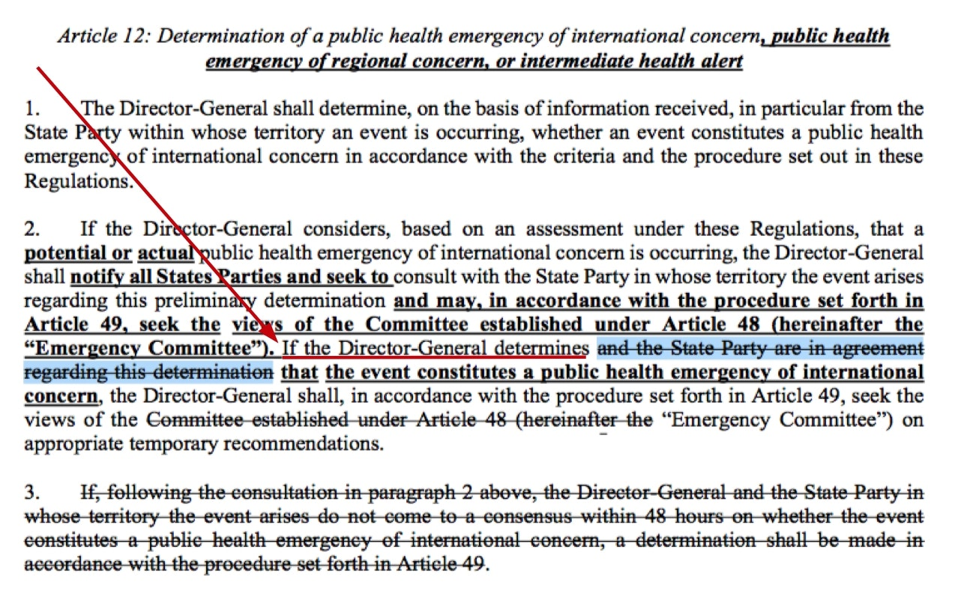The Engineered Death of Regional Banking in Australia
According to independent research by banking writer Dale Webster, 64 percent of bank branches in regional Australia have closed since 1975.
Only 1011 ‘big four’ bank branches remain, largely clustered in major centres.
Even worse, 589 towns that once had bank branches now have no banks left at all.
Another 84 towns are on the verge of complete loss of banking services with just one major bank branch remaining.
According to APRA, Australia’s banking regulator, between June 2017 and June 2022, the number of branches went from 5,694 to 4,014.
That’s a loss of 1,680 branches – or 30 percent – in just five years.
ATM Cash machines are also being closed at a record rate.
Over 1,345 ATMs were shut down by the banks during 2021-22.
A reduction of 17 per cent in one year.
It’s not just those in the bush, either, who are bearing the brunt of all these closures.
Bank branches and ATMs are fast disappearing from suburban areas of our cities as well.
What these closures show, is that the ‘Big Four’ banks are no longer acting in ‘good faith’ towards the Australian people.
In fact, according to FSU, the banks are engaged in a deliberate campaign to ‘condition’ regional communities and older customers into accepting the gradual loss of all face-to-face banking services over the next 10 years.
Bank staff told the FSU they had been trained to steer customers towards using online banking and to implement ‘nudge strategies’ aimed at decreasing in-person visits to branches.
Staff said they faced disciplinary action and even termination, if the bank-imposed targets for digital banking weren’t met.
Banks are enforcing a ‘cashless’, automated digital banking system on Australians by stealth, while betraying their staff, customers and regional communities.
Last month, a Committee of Inquiry set up at the behest of Senator Gerard Rennick, to examine the economic and social impacts of regional branch closures.
The findings of this inquiry are due by 1 December.
Senate submissions for the inquiry are open until March 31.
I urge everyone to make a submission on the impact that these closures are having on regional communities.
Regional Australia deserves a fair go and to be treated with respect.
It does not deserve to have key services ripped out of its communities by multi-billion dollar banking monopolies, seeking to maximise bank profits and to further the ‘cashless’ agenda of their global finance masters.
That it IS a globalist agenda is evident from the way identical banking policies are currently being pushed worldwide.

Bank closures in regional Australia
On 8 February 2023, the following matter was referred to the Rural and Regional Affairs and Transport References Committee for inquiry and report by 1 December 2023.
The current extent of bank closures in regional Australia, with reference to:
a. the branch closure process, including the reasons given for closures;
b. the economic and welfare impacts of bank closures on customers and regional communities;
c. the effect of bank closures or the removal of face-to-face cash services on access to cash;
d. the effectiveness of government banking statistics capturing and reporting regional service levels, including the Australian Prudential Regulation Authority’s authorised deposit-taking institutions points of presence data;
e. consideration of solutions; and any other related matters.
Submissions close on 31 March 2023.
Committee Secretariat contact:
Committee Secretary
Senate Standing Committees on Rural and Regional Affairs and Transport
PO Box 6100
Parliament House
Canberra ACT 2600
Phone: +61 2 6277 3511 | Email: rrat.sen@aph.gov.au

